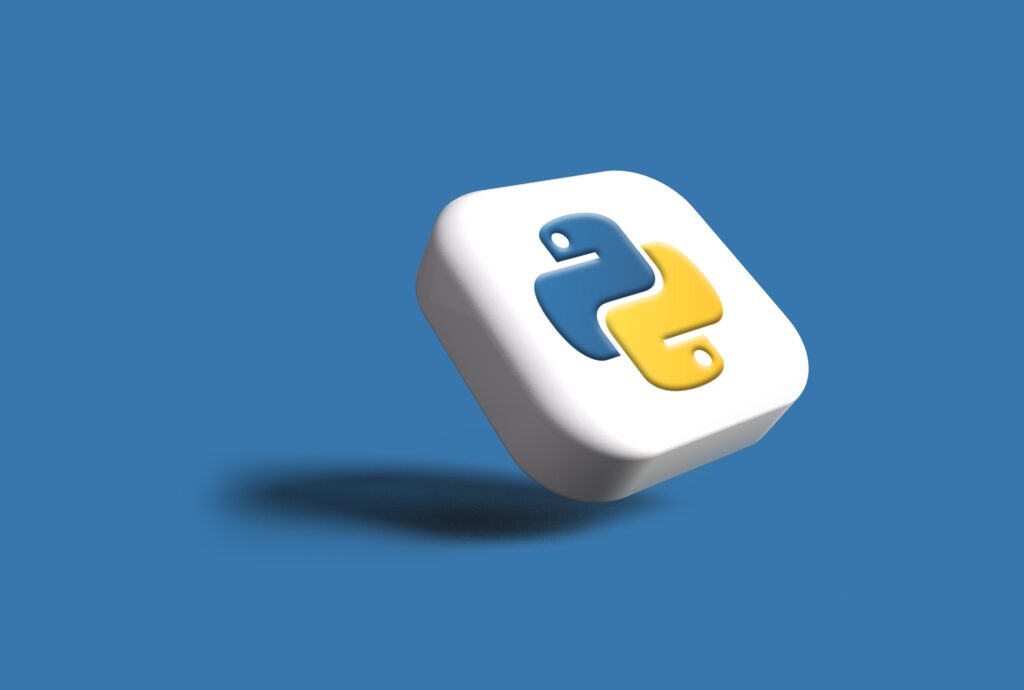
Overview of What Will Be Covered
Welcome to our new blog series, “Learning Python,” on Analytical Ascent! Whether you’re an aspiring data scientist, a seasoned analyst, or someone just curious about the power of Python in data science, you’re in the right place. This series is designed to take you from the very basics of Python programming to a few more advanced topics, ensuring you gain a solid foundation and practical skills to apply in the real world.
Here’s an overview of what we’ll cover throughout this series:
- Setting Up: Installing Python, setting up your environment, and an introduction to Integrated Development Environments (IDEs).
- Basic Python Programming: Variables, data types, control flow, functions, and modules.
- Data Handling: Using essential libraries like NumPy and Pandas.
- Data Analysis: Techniques for analyzing and cleaning data with Pandas.
- Data Visualization: Creating insightful plots with Matplotlib and Seaborn.
- Real-World Problems: Applying your knowledge to analyze datasets, visualize insights, and even automate repetitive tasks.
- Advanced Topics: An optional dive into machine learning with Scikit-Learn.
Each post will build on the previous one, so by the end of the series, you’ll be proficient in using Python for various data tasks. All associated files will be provided in our GitHub repo here.
Importance of Python in Data Professions
Python has become a cornerstone in the data science and analytics community. Here’s why:
- Ease of Learning and Use: Python’s syntax is clear and readable, making it a great choice for beginners and experienced programmers.
- Versatility: From web development to data science and machine learning, Python’s applications are vast.
- Rich Ecosystem: Due to its popularity, Python boasts a number of powerful libraries developed by the community such as NumPy, Pandas, Matplotlib, and Scikit-Learn. These libraries simplify complex data operations and analyses.
- Community and Support: Python has a large, active community. This means there are plenty of resources, tutorials, and forums where you can seek help and share knowledge.
Mastering Python can significantly enhance your ability to work with data, making it an essential skill for data professionals.
How to Use This Series Effectively
To maximize your learning experience, here are some tips on how to use this series effectively:
- Code Along: Don’t simply read the posts. Write the code as you follow along. Practical experience is key to understanding. More, you’ll have the written code in your own notes to refer back to later.
- Pause and Practice: Take breaks to practice what you’ve learned. Experiment with the code and try out different scenarios.
- Engage with Exercises: Each post will include exercises to reinforce your learning. Attempt them to test your understanding.
- Revisit Topics: Don’t hesitate to go back and review previous posts if you need a refresher.
- Ask Questions: Use the comment section to ask questions. Engaging with the community can provide additional insights and help clarify doubts.
Getting Ready
Before we dive into the technical details, ensure you have a conducive environment for learning. Set aside some dedicated time each week to go through the posts and practice. Make sure you have a reliable internet connection, a comfortable workspace, and the necessary software installed.
In our next post, we’ll guide you through installing Python and setting up your development environment. We’ll also introduce you to some popular Integrated Development Environments (IDEs) that will make your coding experience smoother and more enjoyable.
Stay Connected
To keep up with the series, consider bookmarking Analytical Ascent or following us on social media (@CognitiveAscent on X – formerly Twitter). This way you won’t miss any updates, and you’ll be part of a community of learners just like you. We’re still adding new features and a mailing list is planned; if you’re here already, then you’re among the first readers of what we hope to be a continuously growing community of learners and we’re glad to have you.
Thank you for joining us on this journey to mastering Python for data science and analytics. We’re excited to help you develop your skills and achieve your goals. Let’s get started!
